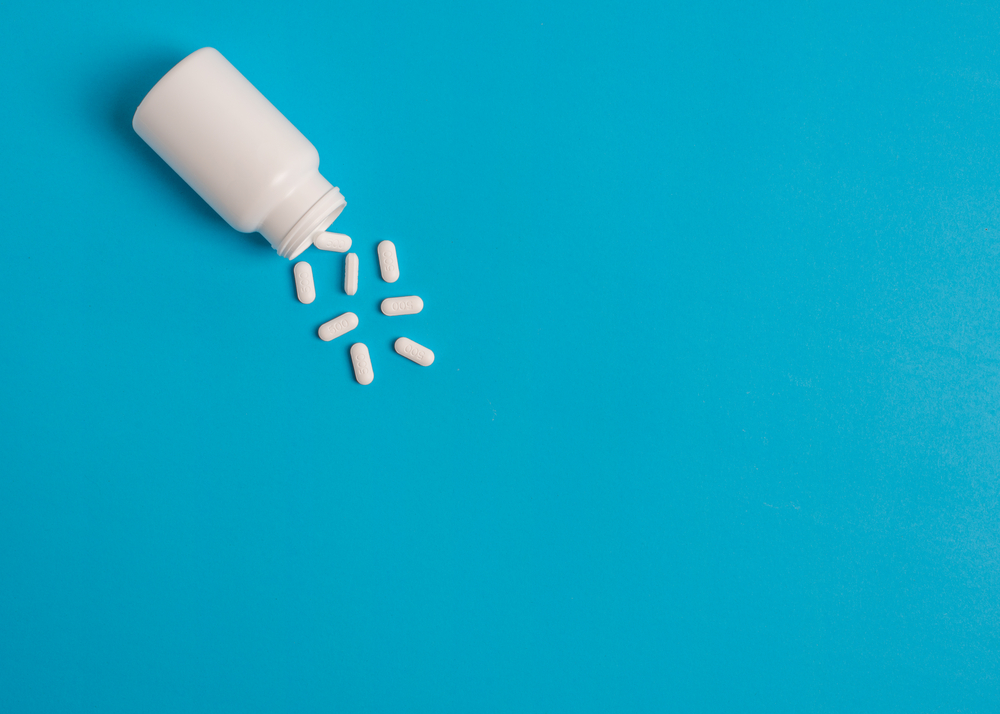Alcohol Use Disorder is a significant problem in the United States. According to the National Institute on Alcohol Abuse and Alcoholism, about 17 million adults in the US have AUD. That’s about one in every 12 adults. AUD costs the US economy about $249 billion each year. However, studies show that Naltrexone for Alcohol Use Disorder (AUD) is an effective treatment.
What is Naltrexone?
Naltrexone is a medication that helps to reduce cravings for alcohol and blocks the euphoric effects of alcohol. Naltrexone can be helpful for people who are trying to abstain from drinking or reduce their drinking. In addition, Naltrexone for Alcohol Use Disorder (AUD) is an FDA-approved option for treatment alongside behavior therapy.
Other medications – such as acamprosate or disulfiram – are sometimes prescribed in combination with Naltrexone to help treat AUD.
What is the History and Origins of Naltrexone?
Naltrexone was discovered in the early 1960s by the predecessor of DuPont, Endo Laboratories. DuPont acquired Endo Laboratories in 1969, and Naltrexone was first used to treat opioid addiction. Naltrexone became FDA-approved in 1984 to treat alcohol addiction.
Naltrexone’s initial use was slow because it had to be given by injection. Its use increased when an oral form became available in the early 1990s. Naltrexone for Alcohol Use Disorder (AUD) effectively reduced drinking and relapse in multiple clinical trials.
How does Naltrexone work for Alcohol Use Disorder (AUD)?
Naltrexone works by blocking the brain’s receptors for endorphins. Endorphins are chemicals released in response to pleasurable activities, like eating or drinking. When endorphins are blocked, people may feel less pleasure from drinking alcohol. This can help reduce cravings and the urge to drink.
Naltrexone is an opioid receptor antagonist, which means that it binds to opioid receptors and blocks the effects of opioids. Naltrexone for alcohol use disorder works by reducing cravings for alcohol and preventing the person from getting drunk if they do drink.
How Do You Take Naltrexone for Alcohol Use Disorder (AUD)?
There are three different ways to take Naltrexone:
- Pills: The most common way to take Naltrexone is as a pill that is taken once a day, with or without food.
- Injection: Naltrexone can also be given as an injection. The injection is given once a month by a professional.
- Implant: Naltrexone can also be implanted under the skin. The implant releases Naltrexone over a period of time (usually about six months).
In addition, Vivitrol is a form of Naltrexone, given as an extended-release injection once a month.
Naltrexone is typically part of a comprehensive treatment program that includes counseling and support groups.
What Are the Side Effects of Naltrexone?
The most common side effects of Naltrexone are:
- Headache
- Nausea
- Dizziness
- Fatigue
Less common side effects include:
- Anxiety
- Insomnia
- Nervousness
Naltrexone for Alcohol Use Disorder: Who Can Help?
As mentioned above, it’s recommended to take Naltrexone in conjunction with a comprehensive treatment program and Renew Health can help. We offer a wide variety of services to our patients, including individualized care and treatment plans, Naltrexone therapy, and more.
We’re here to help you every step of the way on your journey to sobriety. Our certified and accredited providers serve the Roswell, NM community and surrounding areas, and you can see examples of our services – our testimonials speak for themselves!
If you or someone you know is struggling with alcohol use disorder, don’t hesitate to contact us for a knowledgeable, friendly, and confidential chat.
We’ve helped many on the road to recovery, and we’re here to help you too.


